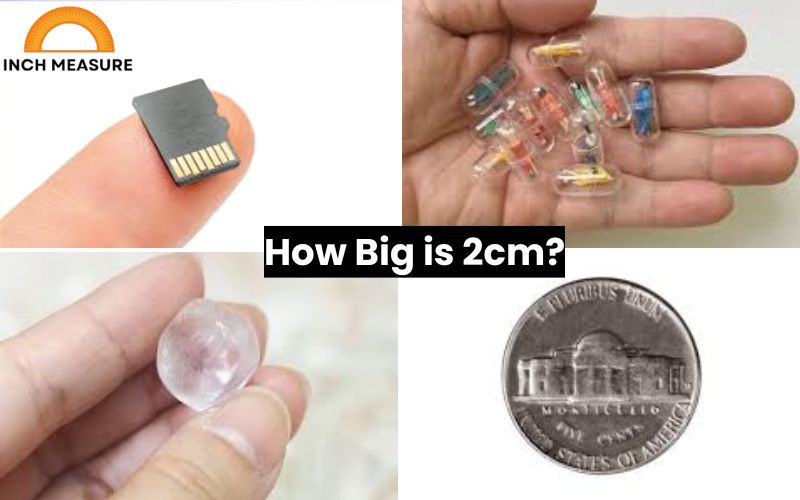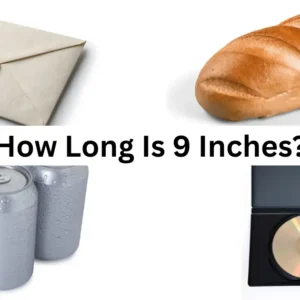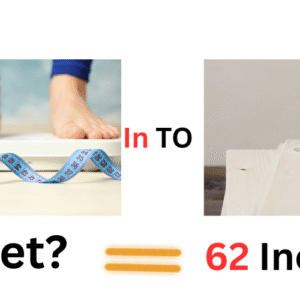Ever wondered how big 2cm is? Looking to measure 2cm with common things? Well, the measurement of 2 centimeters is a small but significant length that appears in numerous everyday objects, making it an ideal reference for understanding size in various contexts. As a metric unit, 2 centimeters is equivalent to 20 millimeters or approximately 0.787 inches, a compact dimension that’s easy to visualize with the right comparisons.
This article explores the concept of 2 centimeters in depth, covering its significance through conversions, practical applications, and a detailed section on 15 common items that are approximately 2 centimeters long.
Understanding the Centimeter as a Unit of Measurement
What Is a Centimeter?
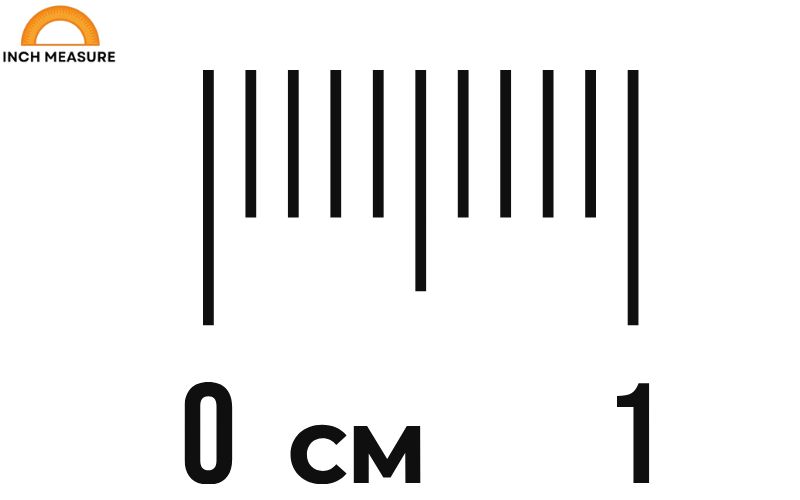
A centimeter is a unit of length in the metric system, widely used globally except in countries like the United States that primarily use the imperial system. One centimeter equals 10 millimeters or 0.01 meters, and it is defined as 1/100th of a meter. For reference, 1 centimeter is approximately 0.3937 inches. The centimeter is a practical unit for small measurements, commonly used in science, engineering, and everyday tasks, making it essential to understand its application.
The Significance of 2 Centimeters
Two centimeters is a modest yet versatile length, appearing in items like small tools, accessories, and natural objects. Its small size makes it relevant for precise measurements in various contexts, from crafting to technology. Understanding its size through familiar objects helps ground this abstract number in reality. The following sections explore 2 centimeters through conversions, comparisons, and specific examples.
Visualizing 2 Centimeters in Everyday Life
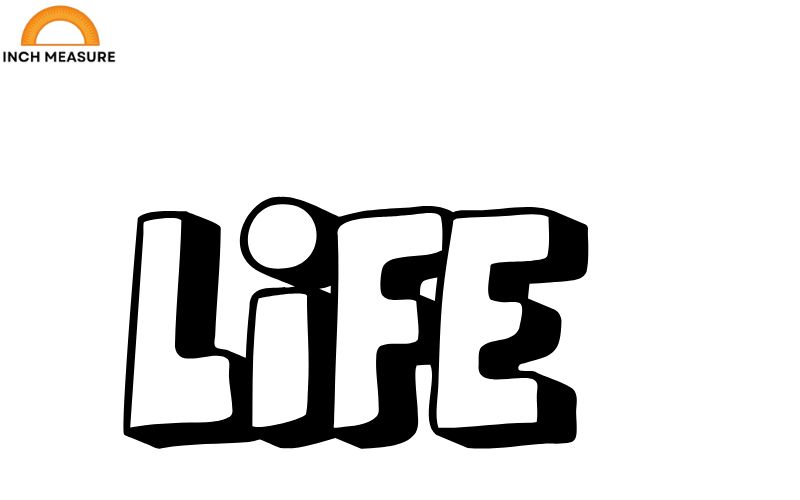
Estimating 2 Centimeters Without Tools
Visualizing 2 centimeters is straightforward with familiar objects or body parts. For instance, the width of an adult’s thumb is often close to 2 centimeters, making it a handy reference. A standard paperclip, when straightened, is about 3–4 centimeters, so half its length approximates 2 centimeters. The diameter of a small coin, like a U.S. dime (1.79 cm), is slightly less but useful for comparison. These references make 2 centimeters tangible in everyday scenarios.
Practical Visualization Techniques
To estimate 2 centimeters without a ruler, you can use body-based measurements like the width of one or two fingers (index finger width is about 1 — 1.5 cm). These methods are invaluable for quick approximations in situations like crafting, shopping, or measuring small spaces, ensuring you can conceptualize 2 centimeters accurately.
Converting 2 Centimeters to Other Units
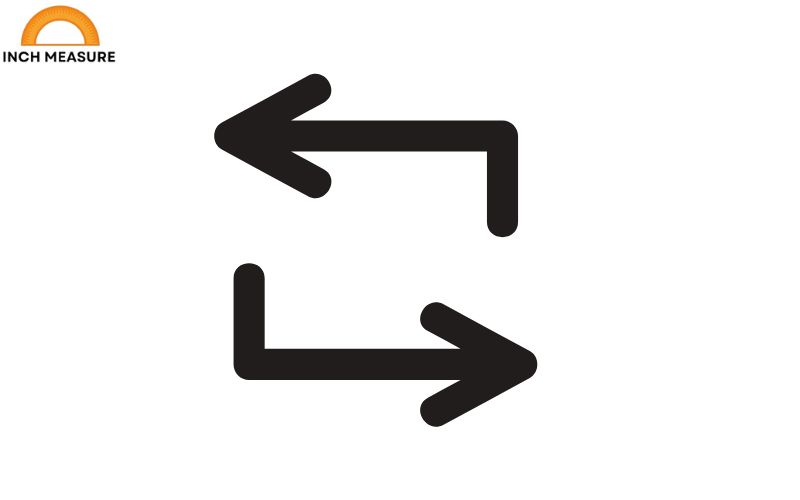
Metric Conversions
Within the metric system, conversions are straightforward:
- Millimeters: 2 cm × 10 = 20 mm.
- Meters: 2 cm ÷ 100 = 0.02 m.
- Kilometers: 2 cm ÷ 100,000 = 0.00002 km (rarely used for such small lengths). These conversions are critical for precision in scientific or international contexts.
Imperial Conversions
For imperial system users:
- Inches: 2 cm ÷ 2.54 = 0.787 inches (approximately 3/4 inch).
- Feet: 0.787 inches ÷ 12 = 0.0656 feet.
- Yards: 0.787 inches ÷ 36 = 0.0219 yards. These conversions are useful in regions where imperial units are standard.
Conversions of 2 Centimeters
| Unit | Value | Notes |
| Centimeters | 2 cm | Base measurement |
| Millimeters | 20 mm | Common for precise measurements |
| Meters | 0.02 m | Less common for small lengths |
| Kilometers | 0.00002 km | Rarely used for this length |
| Inches | 0.787 inches | Common in imperial systems |
| Feet | 0.0656 ft | Rarely used for small lengths |
15 Everyday Things Table That Are 2 Centimeters Long
| Item | Approximate Length | Context |
| Standard Paperclip | ~2 cm | Office, organization |
| Thumb Width | ~2 cm | Body-based estimate |
| AA Battery Diameter | ~2 cm | Technology, household |
| Small Button | 1.5–2 cm | Fashion, sewing |
| USB Flash Drive (Width) | ~2 cm | Technology, data storage |
| Dime (Diameter) | 1.79 cm | Finance, everyday carry |
| Key (Width) | ~2 cm | Security, everyday carry |
| SD Card (Width) | ~2 cm | Technology, photography |
| Eraser | ~2 cm | School, art |
| Bottle Cap | ~2 cm | Kitchen, recycling |
| Teaspoon Bowl | ~2 cm | Cooking, dining |
| Watch Face | ~2 cm | Fashion, timekeeping |
| Staple (Strip) | ~2 cm | Office, organization |
| Small LEGO Brick | ~2 cm | Play, education |
| Matchstick (Section) | ~2 cm | Household, survival |
Related post: How Big Is 2 Millimeters? 11 Things That Are 2mm Long/Thick
15 Everyday Things That Are 2 Centimeters Long
Standard Paperclip
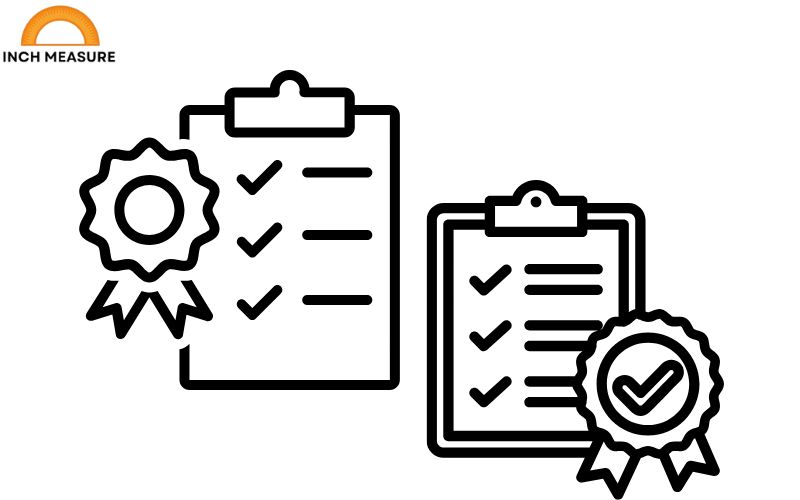
A standard paperclip, when unbent, measures about 3–4 centimeters, but when folded, its width or a single loop is often close to 2 centimeters. Found in offices, schools, and homes, paperclips are used to organize documents or as makeshift tools. Their small size and ubiquity make them a perfect reference for visualizing 2 centimeters in everyday administrative or creative tasks, such as securing papers or crafting.
Thumb Width
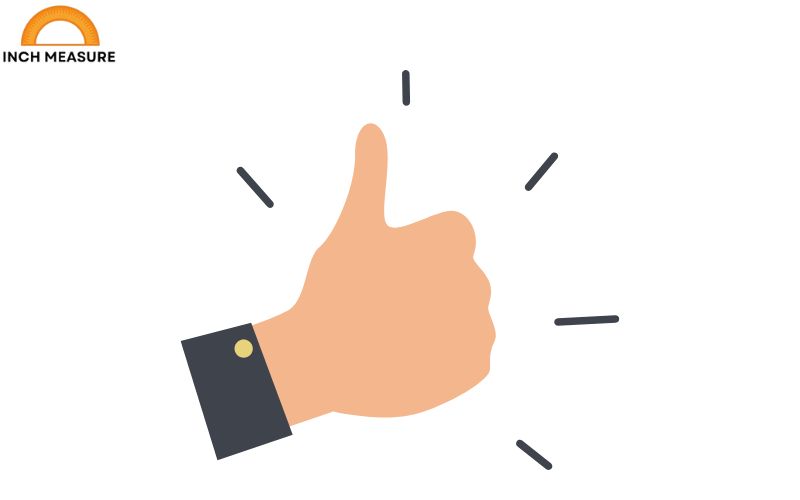
The width of an average adult’s thumb at its widest point is approximately 2 centimeters. This body-based measurement is universally accessible, requiring no tools, and is ideal for quick estimates in situations like measuring small objects or spaces. Whether you’re gauging the size of a button or a gap, the thumb’s width provides a practical and immediate reference for 2 centimeters in daily life.
AA Battery Diameter
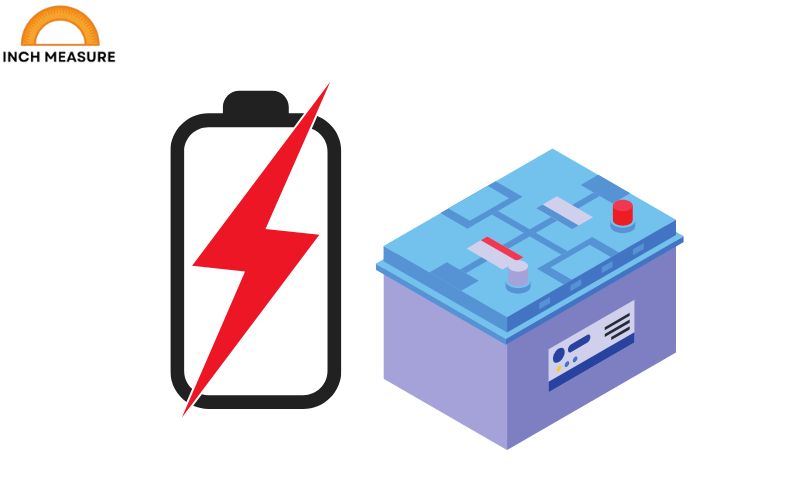
The diameter of a standard AA battery is about 1.4–1.5 centimeters, but its length across the top (including terminals) can approach 2 centimeters when measured in certain contexts. AA batteries are common in remote controls, toys, and electronics, making them a familiar example. Visualizing the battery’s top or side helps connect 2 centimeters to household technology.
Small Button
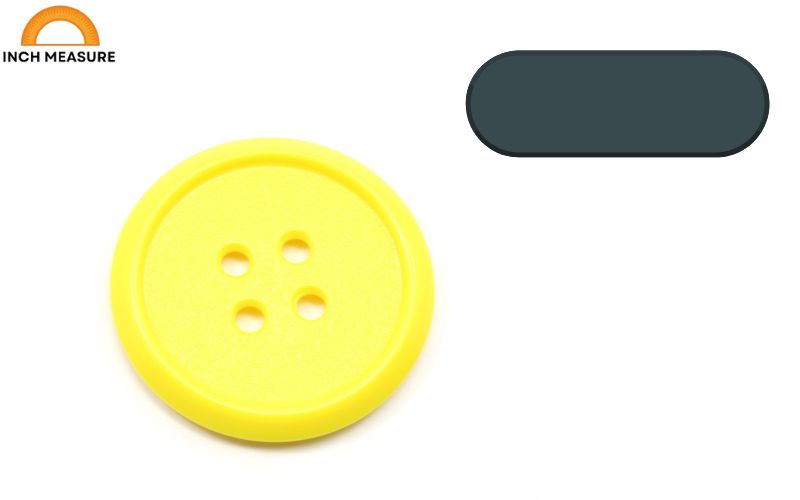
Buttons on clothing, such as those on shirts or jackets, often have a diameter of about 1.5–2 centimeters. These buttons are found in wardrobes worldwide, used for fastening garments. Their small size makes them a relatable reference for 2 centimeters in fashion and sewing, helping you visualize this length in a practical, everyday context.
USB Flash Drive (Width)
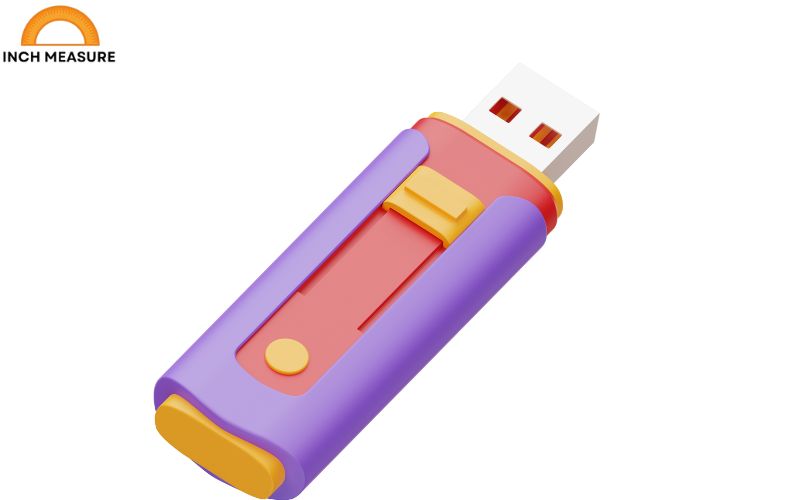
The width of a standard USB flash drive is often around 2 centimeters. These devices are used for data storage and transfer, found in offices, schools, and homes. Their compact size makes them a modern example of 2 centimeters, helping you visualize this measurement in the context of technology and portability.
Dime (Diameter)
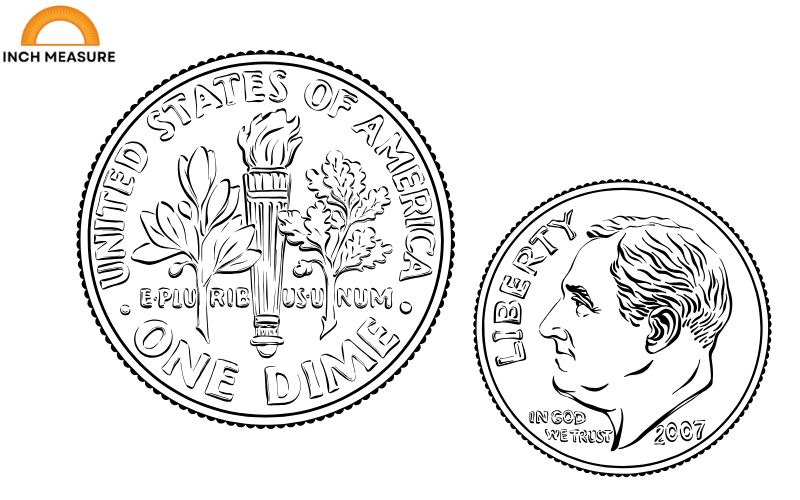
A U.S. dime has a diameter of 1.79 centimeters, slightly under 2 centimeters but close enough to serve as a useful reference. Coins are carried in wallets or pockets, making them a familiar object for estimating 2 centimeters in financial or casual settings. Visualizing a dime’s diameter helps ground this measurement in everyday transactions.
Key (Width)
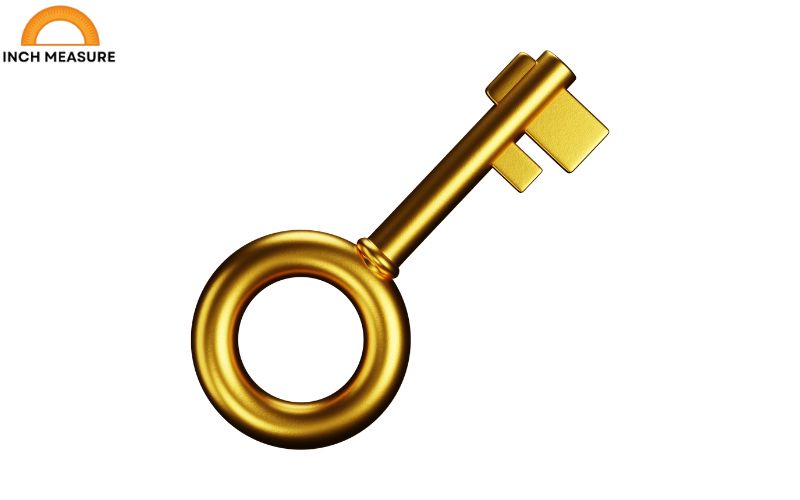
The width of a standard house or car key is often around 2 centimeters. Keys are essential for security and access, carried daily by most people. Their compact size makes them a practical reference for 2 centimeters, especially in contexts like locksmithing or everyday carry, helping you visualize this length in a functional way.
SD Card (Length)
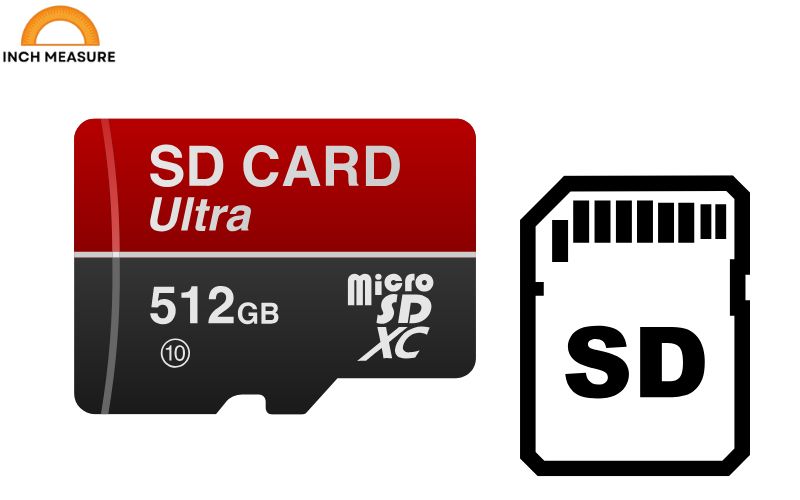
A standard SD card, used in cameras and electronics, measures 2.4 centimeters long, but its width is closer to 2 centimeters. These cards are common in photography and data storage, making them a relatable example. Visualizing an SD card’s width helps connect 2 centimeters to technology and digital applications.
Eraser
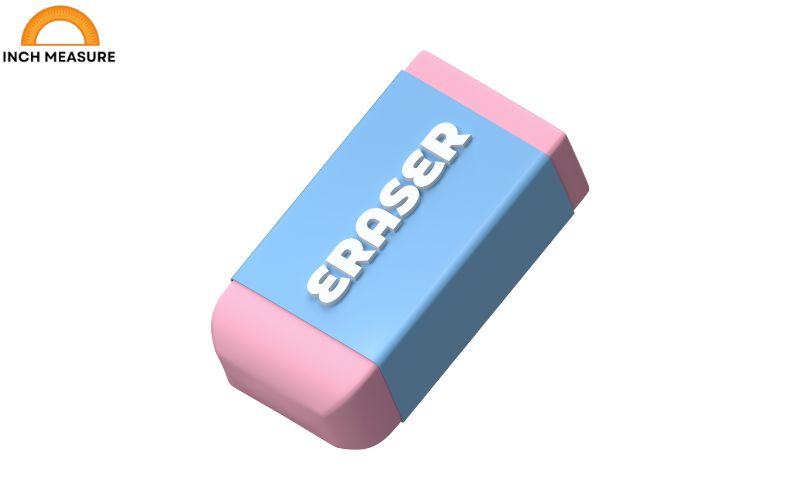
Small erasers, like those on the end of pencils or standalone models, are often about 2 centimeters long or wide. Found in classrooms and offices, erasers are used for correcting mistakes in writing or drawing. Their size makes them a familiar reference for 2 centimeters in academic or artistic settings, helping you visualize this length.
Bottle Cap
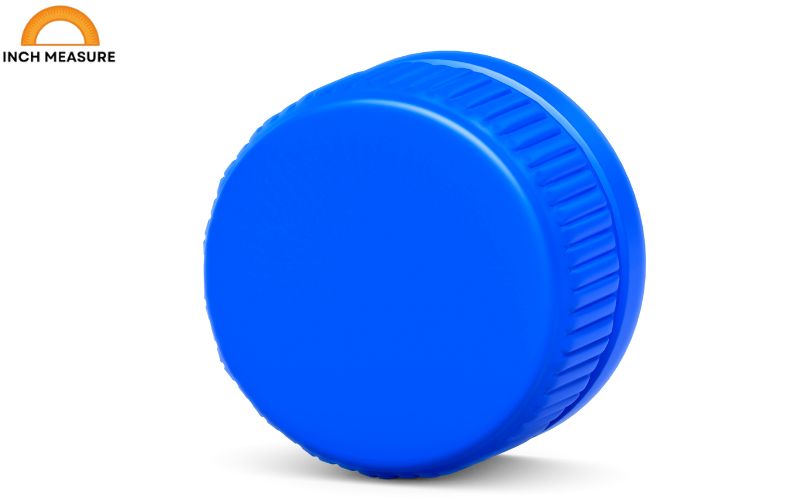
The diameter of a standard plastic bottle cap, like those on soda or water bottles, is often around 2–3 centimeters, with many close to 2 centimeters. These caps are found in kitchens, recycling bins, or on the go, making them a practical example. Visualizing a bottle cap’s diameter helps ground 2 centimeters in everyday hydration.
Teaspoon Bowl
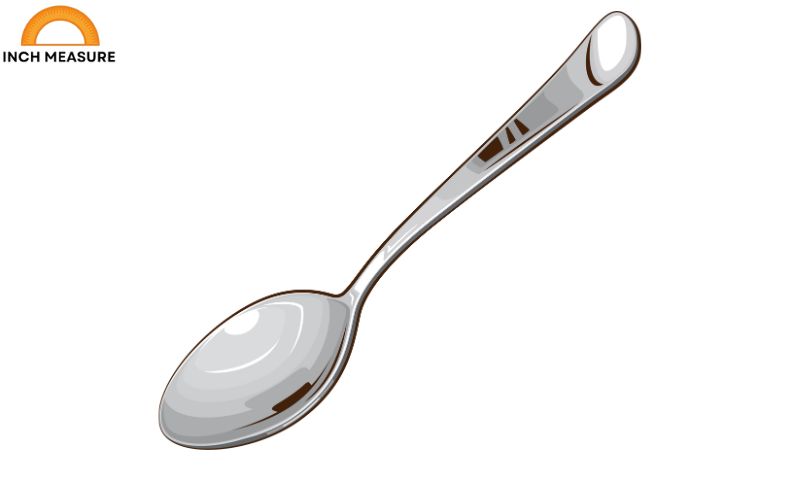
The bowl of a standard teaspoon, used for measuring or eating, is often about 2 centimeters wide. Found in kitchens worldwide, teaspoons are a staple for cooking and dining. Their size makes them a relatable reference for 2 centimeters in culinary contexts, helping you visualize this measurement in food preparation.
Watch Face
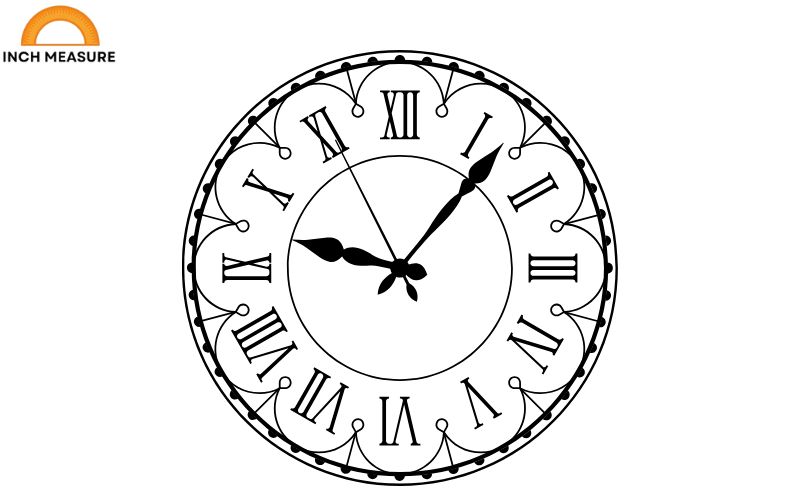
The diameter of a small watch face, such as those on women’s or minimalist watches, is often around 2 centimeters. Watches are worn daily for timekeeping, making them a fashionable reference for 2 centimeters. Visualizing a watch face helps connect this measurement to personal style and functionality.
Staple (Strip)
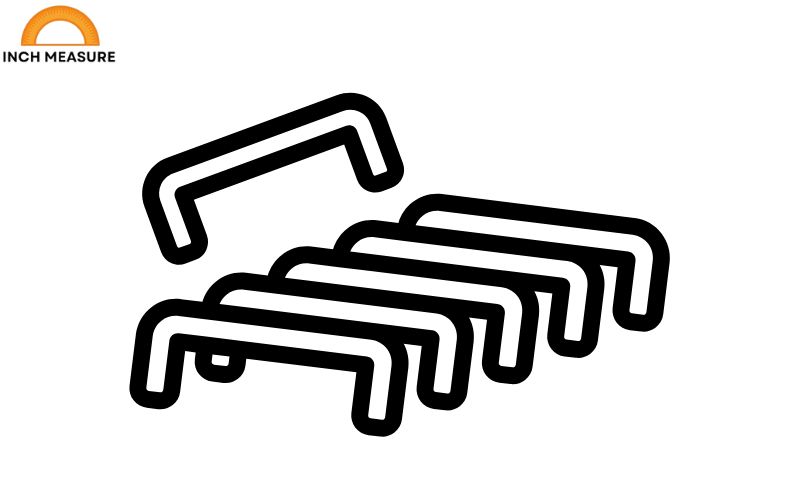
A strip of standard staples, used in staplers for binding papers, is often about 2 centimeters long. Found in offices and schools, staples are a common tool for organization. Their size makes them a practical reference for 2 centimeters in administrative tasks, helping you visualize this length in professional settings.
Small LEGO Brick
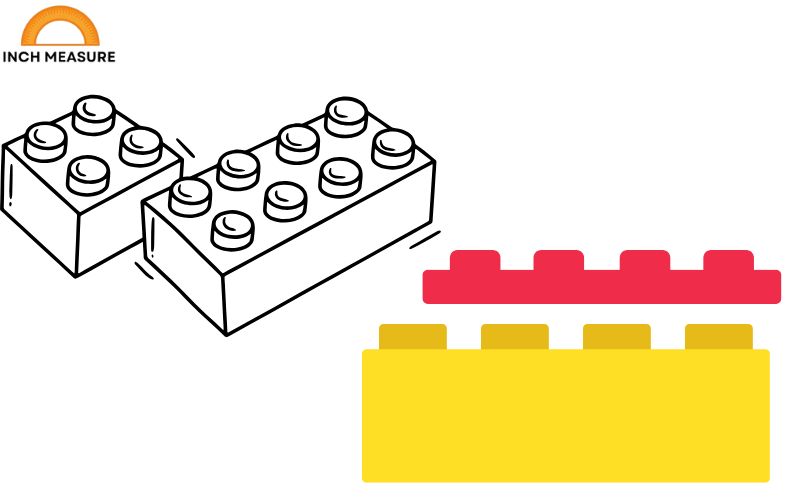
A small LEGO brick, such as a 2×2 stud piece, is approximately 2 centimeters long or wide. LEGO bricks are popular in play and education, making them a familiar example for children and adults. Visualizing a LEGO brick helps connect 2 centimeters to creative and construction activities.
Matchstick
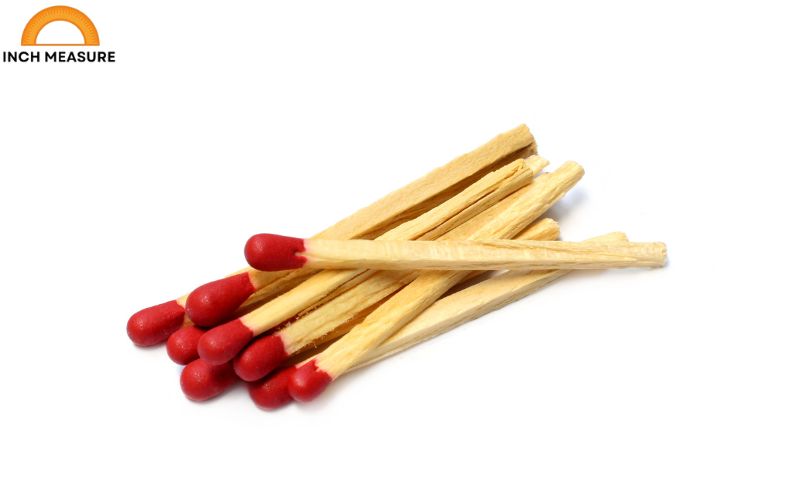
A standard matchstick is about 4–5 centimeters long, but its head or a halved section is closer to 2 centimeters. Found in households for lighting candles or fires, matchsticks are a practical reference for 2 centimeters in survival or home settings, helping you visualize this small length.
2 Centimeters in Technology
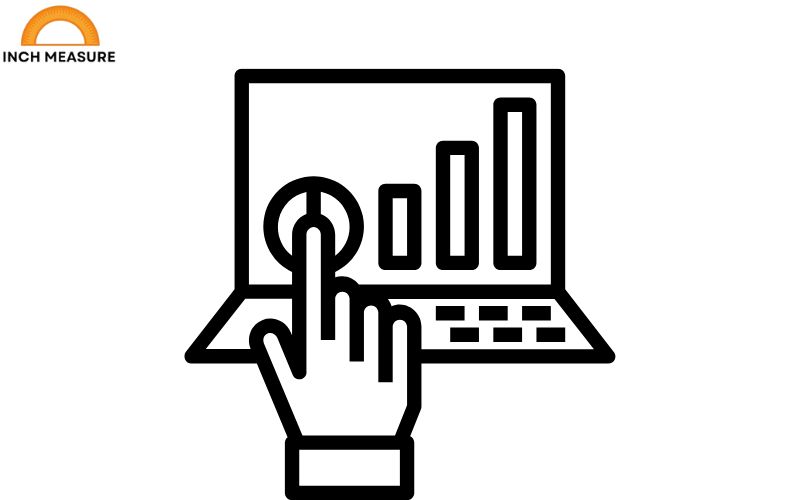
Small Components and Devices
Two centimeters is a common size for small technological components, such as USB drives, SD cards, or battery diameters. These items are integral to modern devices like cameras, computers, and remote controls. Their compact size makes 2 centimeters a key measurement in portable technology, emphasizing precision in design and functionality.
2 Centimeters in Technology
| Component | Approximate Size | Context |
| USB Flash Drive (Width) | ~2 cm | Data storage |
| SD Card (Width) | ~2 cm | Photography, electronics |
| AA Battery Diameter | ~2 cm | Power supply |
2 Centimeters in Everyday Scenarios
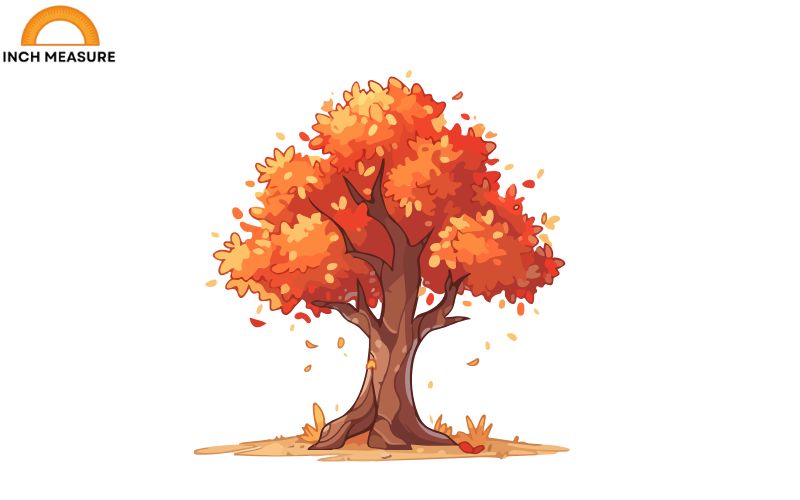
Household and Crafting
In crafting, 2 centimeters might represent the size of small beads, buttons, or tools like sewing needles. These measurements are critical for precision in hobbies like jewelry-making or sewing, grounding 2 centimeters in creative tasks.
Cooking and Dining
In the kitchen, 2 centimeters appears in items like teaspoon bowls or small ingredient measurements. This size is practical for precise culinary tasks, such as measuring spices or portioning ingredients.
Table: 2 Centimeters in Everyday Contexts
| Context | Example | Relevance of 2 Centimeters |
| Crafting | Button diameter | Common in sewing, jewelry-making |
| Cooking | Teaspoon bowl | Precise for measuring ingredients |
| Everyday Carry | Key width | Functional for security, access |
2 Centimeters in Nature
Biological and Geological Examples
In nature, 2 centimeters might describe the length of a small insect, like a ladybug (1–2 cm), or the diameter of a small seed. In geology, a 2-centimeter mineral sample is common for study, connecting this measurement to scientific contexts.
2 Centimeters in Nature
| Category | Example | Size Comparison |
| Animals | Ladybug length | ~1–2 cm |
| Plants | Seed diameter | ~2 cm |
| Geology | Mineral sample | Common for study |
Practical Tips for Measuring 2 Centimeters
Tools and Techniques
Use a ruler, tape measure, or calipers for precise measurements. For quick estimates, rely on a thumb’s width or a dime’s diameter. Avoid errors like misreading scales or stretching flexible materials to ensure accuracy.
Conclusion
Two centimeters is a small yet versatile measurement, appearing in a wide range of everyday objects, from paperclips and buttons to USB drives and teaspoons. By exploring 15 common items, each with detailed context, along with conversions and applications, this article provides a comprehensive understanding of 2 centimeters. The accompanying tables offer quick references for visualizing this length across technology, household scenarios, and nature, ensuring you can confidently apply this measurement in daily life.
Looking for more measurements? Explore our Length Measurement tool to calculate different lenghts…
Convert Inches to Meters, cm, mm, and Feet
Converted Values:
Meters (m): 1.016
Centimeters (cm): 101.60
Millimeters (mm): 1016.00
Feet (ft): 3.33

